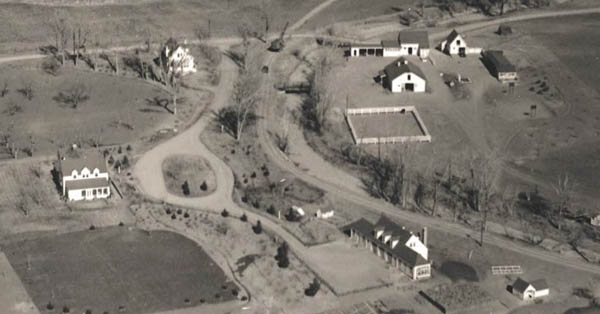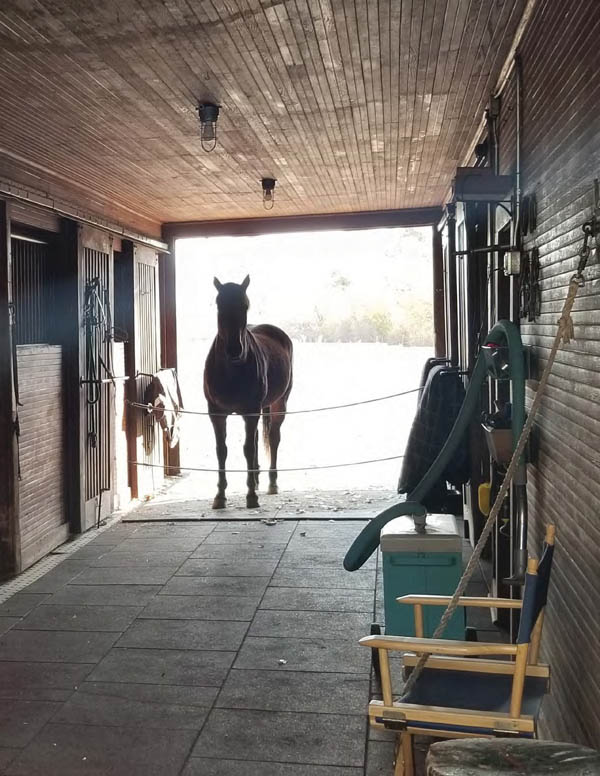





This Historic Cherry Hills Village dairy farm may help put kids in touch with nature and what they eat
It may be hard to imagine now, but not so long ago, milk cows outnumbered soccer moms in Cherry Hills Village. Heifers grazed in the backyards where Labradoodles now romp with kids.
While there are plenty of horses still living in the neighborhood, the agrarian roots of the city have disappeared except for a few dairy farm buildings and the crown jewel, the Quincy Farm, listed on the National Register of Historic Places.
Located on East Quincy Avenue not far from the Kent Denver School, the 3½-acre Quincy Farm is an agricultural oasis surrounded by suburban buzz and traffic. The rural setting includes a small home, two sun-splashed barns, a chicken coop, a horse stall, pastures with rail fences and stands of old American elm, oak, cottonwood and hawthorn trees.
Many locals may not be aware that this historic property is owned by the City of Cherry Hills Village because so few people have actually visited Quincy Farm since it was donated by the late owner, Catherine “Cat” Anderson.
Ever since it was acquired, Cherry Hills Village, nearby neighbors and stakeholders have been trying to figure out what to do with the farm.
If it is up to the Cherry Hills Land Preserve, the property will be gently improved and become a farm-like campus to introduce local kids to the wonders of the natural world.
At the organization’s recent open house gathering at Quincy Farm, “Don’t Sell the Farm” placards were displayed.
As the debate over the fate of the property has continued, “The farm has only been accessible to very limited numbers of kids for nature activities,” says Judith Judd, a member of the Cherry Hills Land Preserve volunteer board.
According to Judd, proposals have been submitted to the city by various consultants to completely rehab the buildings and property that have sported very high price tags. “One proposal included $40,000 to fix the chicken coop,” Judd says incredulously, pointing to the squat white structure behind a barn.
The Cherry Hills Land Preserve is proposing a “small is beautiful” approach to managing the property. “The farm would include a limited number of animals, like baby goats, chickens and rabbits, that children can get close to. We may have some horses living there, too,” Judd says.
The group has already raised half the $600,000 it has pledged to help fund the project for three years.
“This would allow local school groups and summer camps to attend programs here. Visitors would also have limited access to the trails across the Highline Canal,” Judd says.
The farm is part of a 17.5- acre parcel protected in perpetuity with a conservation easement that includes the visible and iconic James Hopkins House built in 1898.
“So many kids have never connected the chicken with the egg and don’t know where their food comes from. We hope that the Quincy Farm will help them have that experience,” Judd says.
LEARN MORE
Quincy Farm
cherryhillsvillage.com/445/quincy-farm
Cherry Hills Land Preserve
Cherry Hills Village History
cherryhillsvillage.com/315/
history-of-cherry-hills-village


